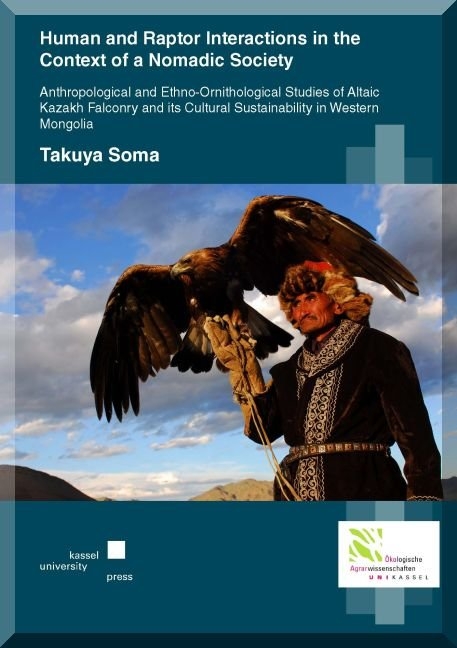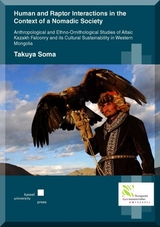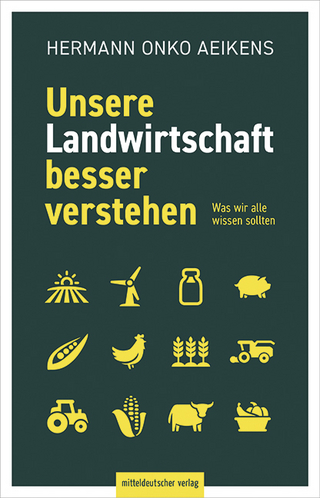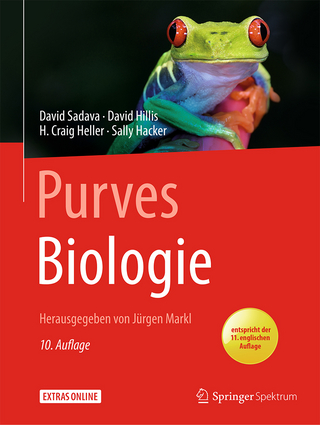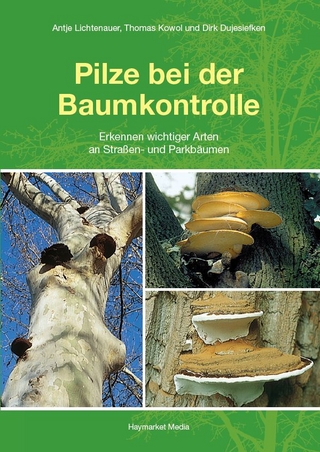Human and Raptor Interactions in the Context of a Nomadic Society
Anthropological and Ethno-Ornithological Studies of Altaic Kazakh Falconry and its Cultural Sustainability in Western Mongolia
Seiten
2015
Kassel University Press (Verlag)
978-3-86219-565-7 (ISBN)
Kassel University Press (Verlag)
978-3-86219-565-7 (ISBN)
- Keine Verlagsinformationen verfügbar
- Artikel merken
This research project focuses on contemporary eagle-taming falconry practice of the Altaic Kazakhs animal herding society in Bayan Ulgii Province in Western Mongolia. It aims to contributing both theoretical and empirical criteria for cultural preservation of Asian falconry. This cultural as well as environmental discourse is illustrated with concentrated field research framed by ecological anthropology and ethno-ornithology from the viewpoint of “Human-Animal Interaction (HAI)” and “Human-Animal Behavior (HAB)”.
Part I (Chapter 2 & 3) explores ethno-archaeological and ethno-ornithological dimensions by interpretive research of archaeological artefacts which trace the historical depth of Asian falconry culture. Part II (Chapter 4 & 5) provides an extensive ethnographic narrative of Altaic Kazakh falconry, which is the central part of this research project. The “Traditional Art and Knowledge (TAK)” in human-raptor interactions, comprising the entire cycle of capture, perch, feeding, training, hunting, and release, is presented with specific emphasis on its relation to environmental and societal context. Traditional falconry as integral part of a nomadic lifestyle has to face some critical problems nowadays which necessitate preventing the complete disappearance of this outstanding indigenous cultural heritage. Part III (Chapter 6 & 7) thus focuses on the cultural sustainability of Altaic Kazakh falconry. Changing livelihoods, sedentarisation, and decontextualisation are identified as major threats. The role of Golden Eagle Festivals is critically analysed with regard to positive and negative impact. This part also intends to contribute to the academic definition of eagle falconry as an intangible cultural heritage, and to provide scientific criteria for a preservation master plan, as well as stipulate local resilience by pointing to successive actions needed for conservation. This research project concludes that cultural sustainability of Altaic Kazakh falconry needs to be supported from the angles of three theoretical frameworks; (1) Cultural affairs for protection based on the concept of nature-guardianship in its cultural domain, (2) Sustainable development and improvement of animal herding productivity and herder’s livelihood, (3) Natural resource management, especially supporting the population of Golden Eagles, their potential prey animals, and their nesting environment.
Part I (Chapter 2 & 3) explores ethno-archaeological and ethno-ornithological dimensions by interpretive research of archaeological artefacts which trace the historical depth of Asian falconry culture. Part II (Chapter 4 & 5) provides an extensive ethnographic narrative of Altaic Kazakh falconry, which is the central part of this research project. The “Traditional Art and Knowledge (TAK)” in human-raptor interactions, comprising the entire cycle of capture, perch, feeding, training, hunting, and release, is presented with specific emphasis on its relation to environmental and societal context. Traditional falconry as integral part of a nomadic lifestyle has to face some critical problems nowadays which necessitate preventing the complete disappearance of this outstanding indigenous cultural heritage. Part III (Chapter 6 & 7) thus focuses on the cultural sustainability of Altaic Kazakh falconry. Changing livelihoods, sedentarisation, and decontextualisation are identified as major threats. The role of Golden Eagle Festivals is critically analysed with regard to positive and negative impact. This part also intends to contribute to the academic definition of eagle falconry as an intangible cultural heritage, and to provide scientific criteria for a preservation master plan, as well as stipulate local resilience by pointing to successive actions needed for conservation. This research project concludes that cultural sustainability of Altaic Kazakh falconry needs to be supported from the angles of three theoretical frameworks; (1) Cultural affairs for protection based on the concept of nature-guardianship in its cultural domain, (2) Sustainable development and improvement of animal herding productivity and herder’s livelihood, (3) Natural resource management, especially supporting the population of Golden Eagles, their potential prey animals, and their nesting environment.
| Erscheint lt. Verlag | 23.2.2015 |
|---|---|
| Sprache | englisch |
| Maße | 170 x 240 mm |
| Themenwelt | Naturwissenschaften ► Biologie |
| Sozialwissenschaften ► Ethnologie | |
| Schlagworte | Agrarwissenschaften • Cultural Preservation • eagle-taming falconry • ecological anthropology • ethno-ornithology • Mongolia • Soziale und ethische Themen • Sozial- und Kulturanthropologie, Ethnographie • Tierhaltung, Viehhaltung • Zoologie und Tierwissenschaften |
| ISBN-10 | 3-86219-565-1 / 3862195651 |
| ISBN-13 | 978-3-86219-565-7 / 9783862195657 |
| Zustand | Neuware |
| Haben Sie eine Frage zum Produkt? |
Mehr entdecken
aus dem Bereich
aus dem Bereich
was wir alle wissen sollten
Buch | Softcover (2023)
Mitteldeutscher Verlag
24,00 €
Erkennen wichtiger Arten an Straßen- und Parkbäumen
Buch | Softcover (2022)
Haymarket Media (Verlag)
10,00 €
